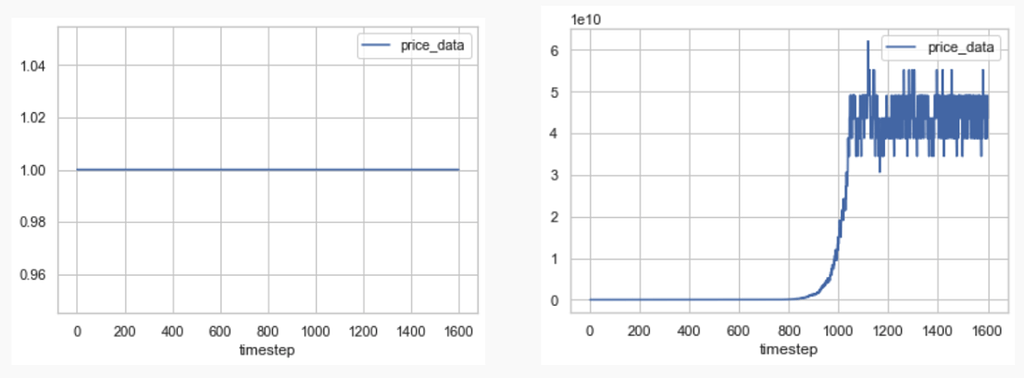ROP-3 meetup #5
Date
‣
Tags
Agenda
- Intros
- Deep dives
- Phase 1 closing
- Phase 2 opening
Deep dives
Mark: Holon
Holon is a software service that runs on a host machine alongside an Ethereum full node. Its purpose is to provide users with a software suite to record and assess rollup related transaction activity with L1
Questions
- Extensibility? What are things to monitor that would be worth looking at, beyond security and proofs? How about fee markets, batch posters?
- Paying for gas on L1 to be used on L2, consolidating this pattern in an abstract approach applicable to all rollups is challenging
- With DA, abstract approach to build stuff that can be extended for each rollup
- Mostly optimistic rollups atm but like l2beat could have more columns for eg, different risks, you could have more details based on abstract classes
- Metrics for DA: variable cost measured by payload sizes in transactions
Ameya+Dan
- Blobs are 131kb,
- Block-packing with txs from more than one rollups, because you pay a flat fee for the whole blob
- But tradeoffs with timing and legibility (”I only want data from my rollup, so I have an easy filter if I just look at blobs from one address”)
- Could even have coordination to e.g., not post in the same block (e.g., optimism posts every 3 blocks, arbitrum every 7 blocks, every 21 blocks there is a clash)
- But looking at DA as just a service receiving an input stream, why does it need to be aware of some kind of coordination?
- More like a natural load-balancing
- Also questions on cost-sharing, in e.g., 4337
- But implementing cost-sharing introduces smart contracts, which use gas and introduce overhead themselves
- But are rollups the abstraction we need to look at when we think about these costs? Users come first in that pipeline, and from a shared sequencer perspective there may be different optimisations.
- Also not a lot of thought on economic models for history preservation, possibly complementary with data availability
- Ethstorage, following a ~Filecoin model
Akaki+Davide
- Davide’s analysis on EIP-4844
- Review parameters of the L2
- In particular, speed of the update rule of EIP-4844 base fee can be tuned appropriately based on the nature of the L2 data market
- Sequencer comes in at a regular frequency. But if the sequencer is decentralised, there may be re-orgs which then mess up the rollup’s accounting, and can lead to more dramatic differences if the update rule is very responsive
- Another reason to have a not-too-aggressive update rule: for users who get in now the cost is incurred later, so variability is also perhaps undesirable
- Also important to think about these parameters as EIP-4844 is the first instantiation of multi-dimensional EIP-1559, so could inform development moving forward
Closing ceremony for ‣
- Thanks to Kofi, Ameya, Dan, Mark, and all others that made phase 1 exciting!!
Announce/discuss ideas for ‣
- L1-L2 Fee Markets
- L2 Data & Data Tools
- Transaction ordering policies for rollups
- Decentralized sequencer alignment




